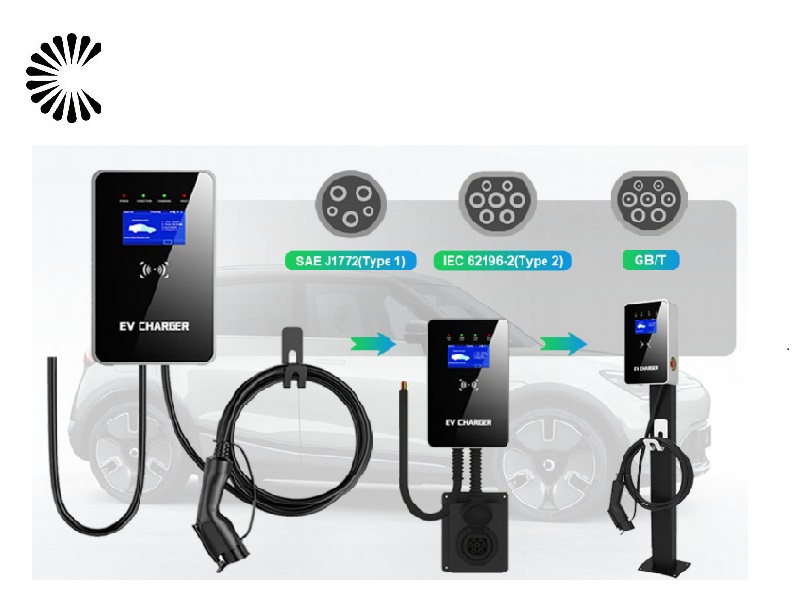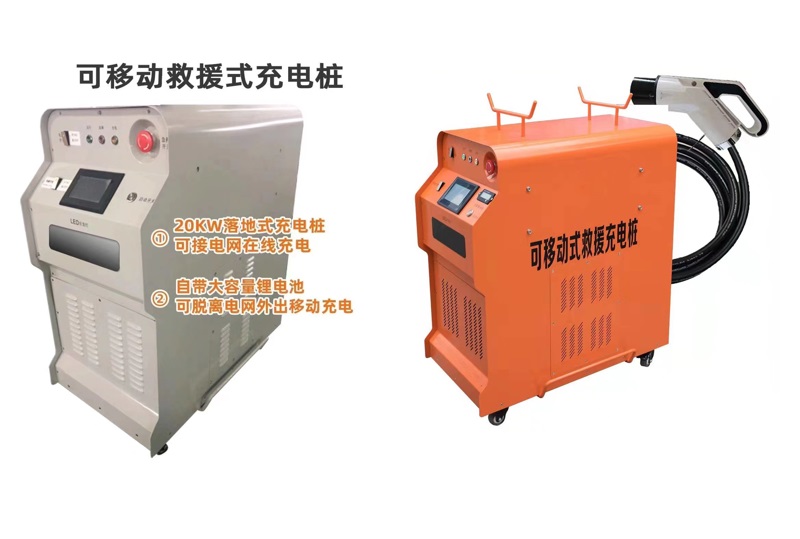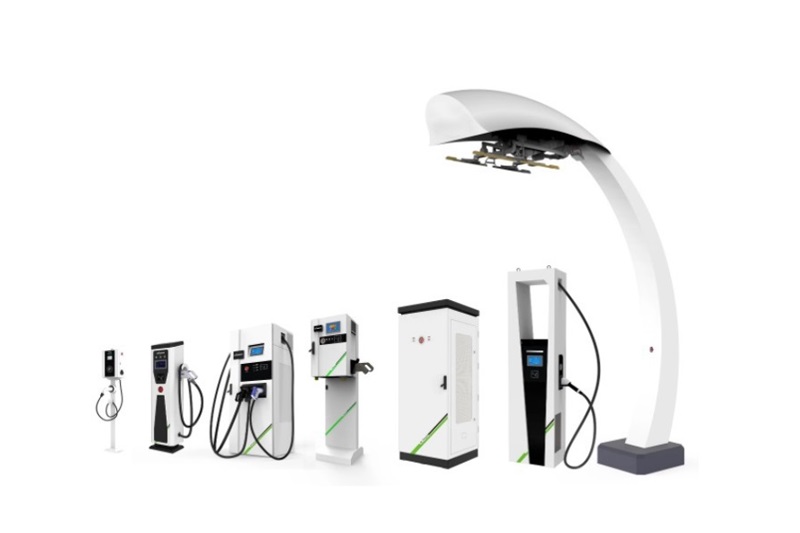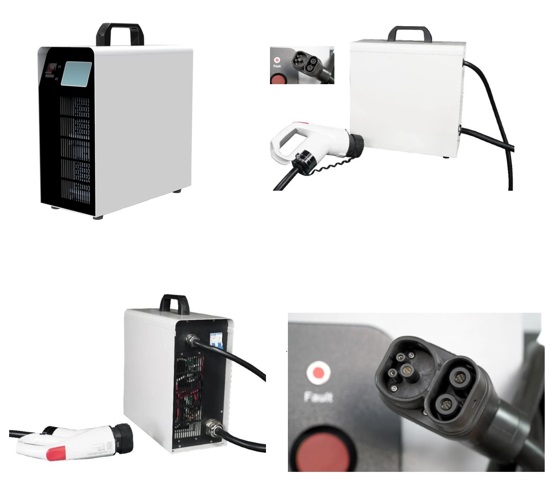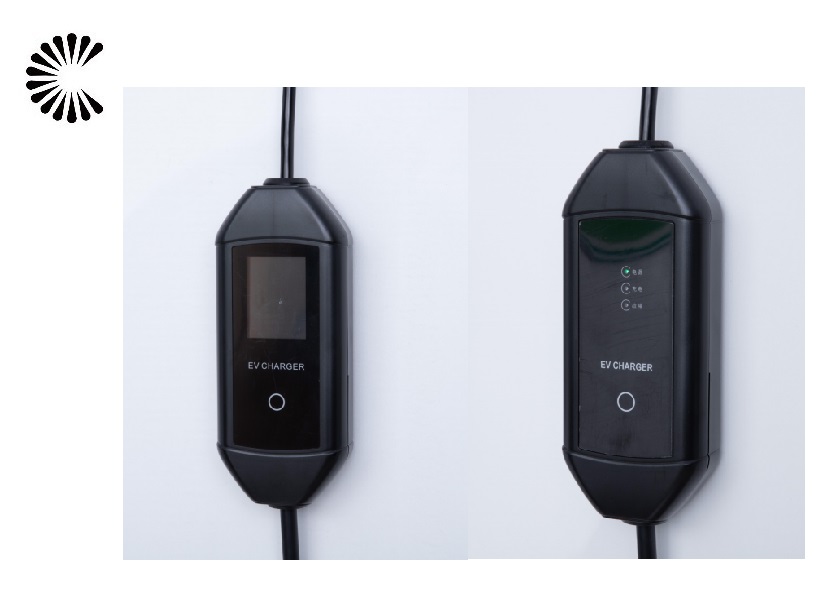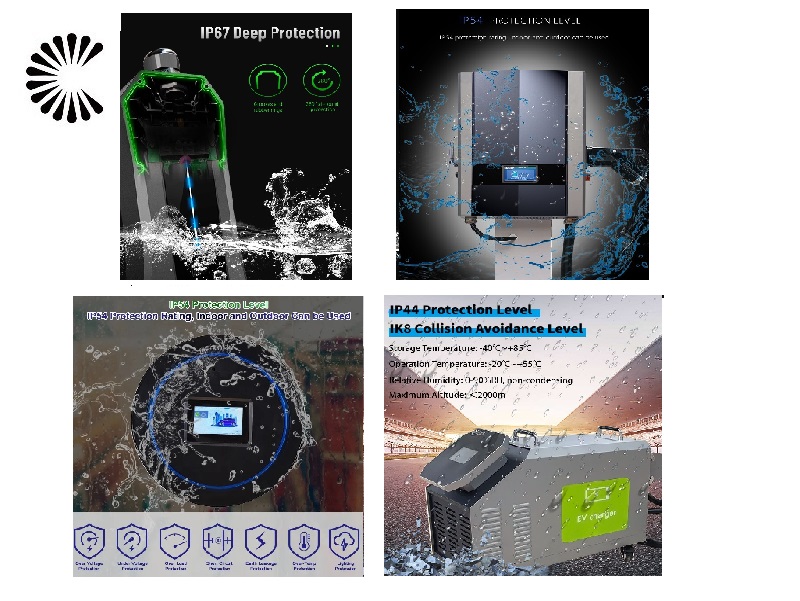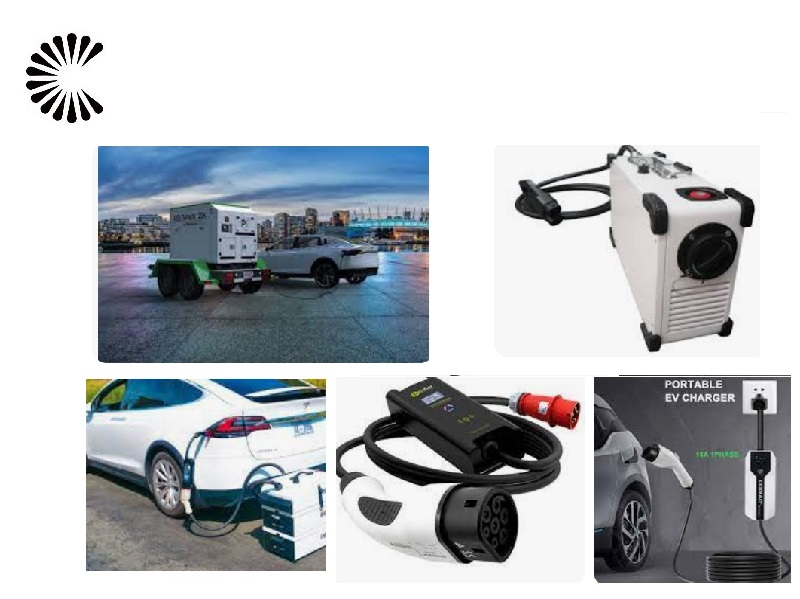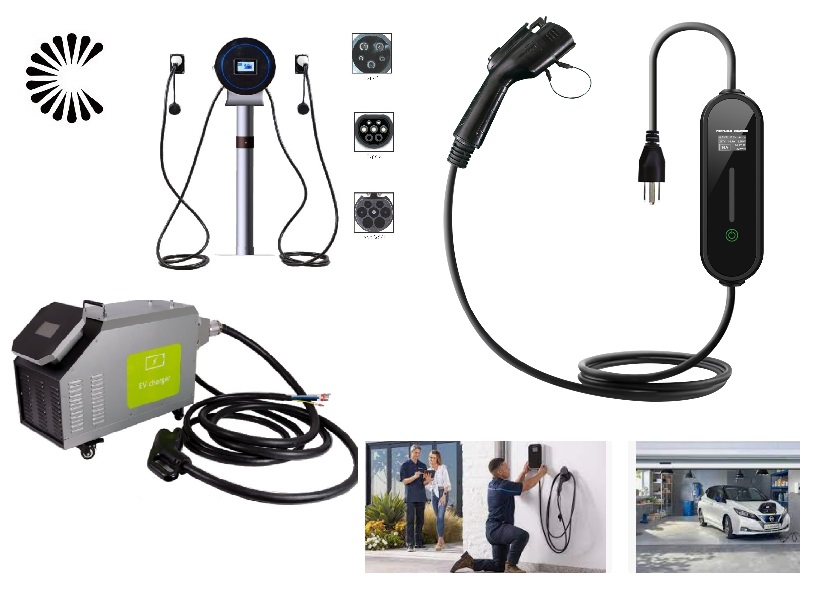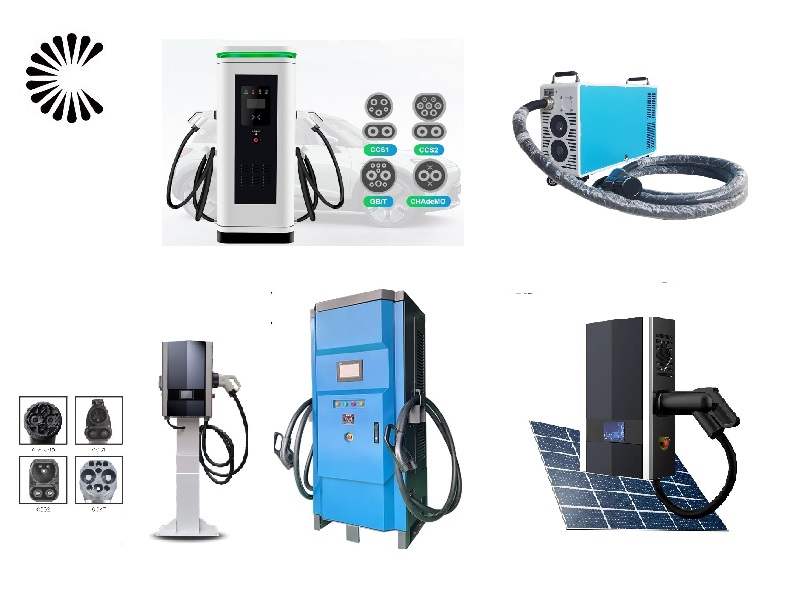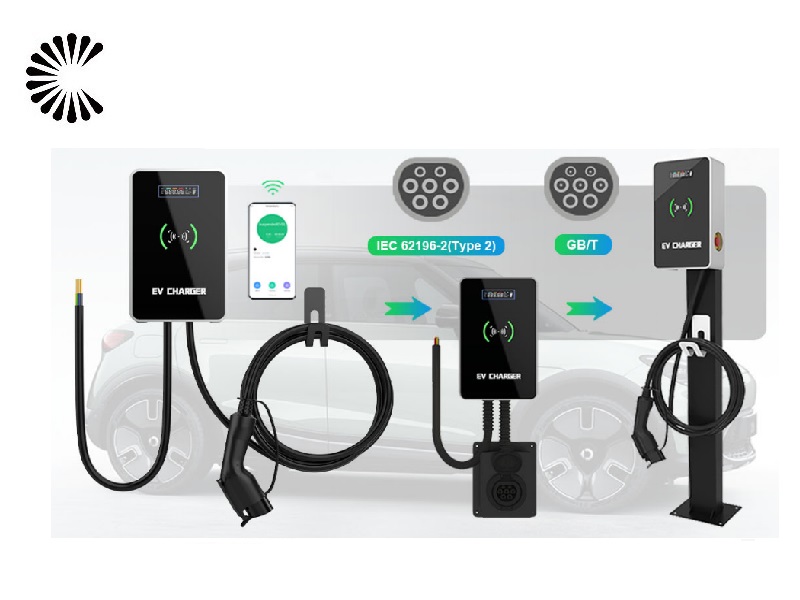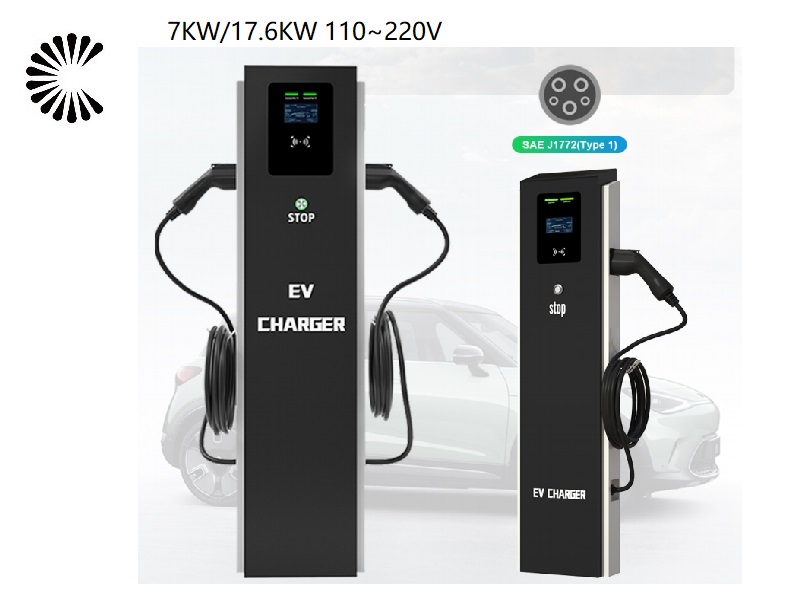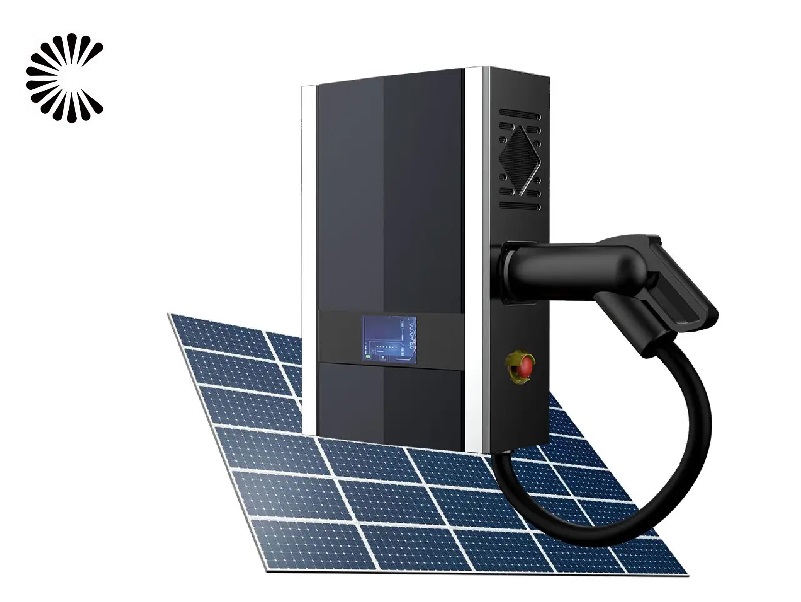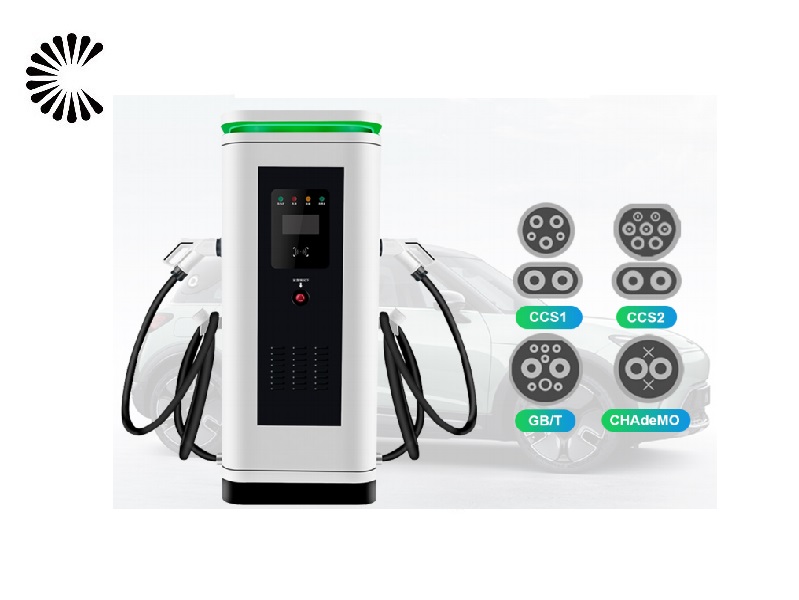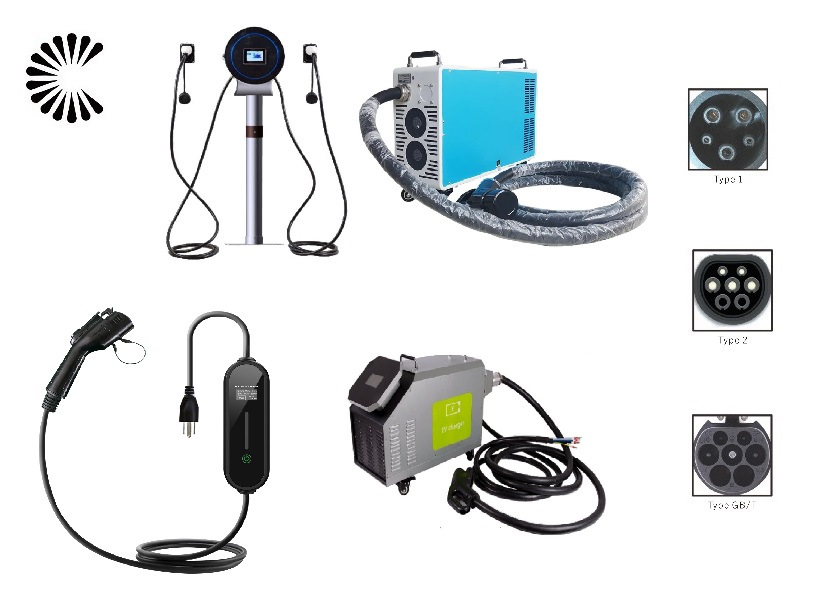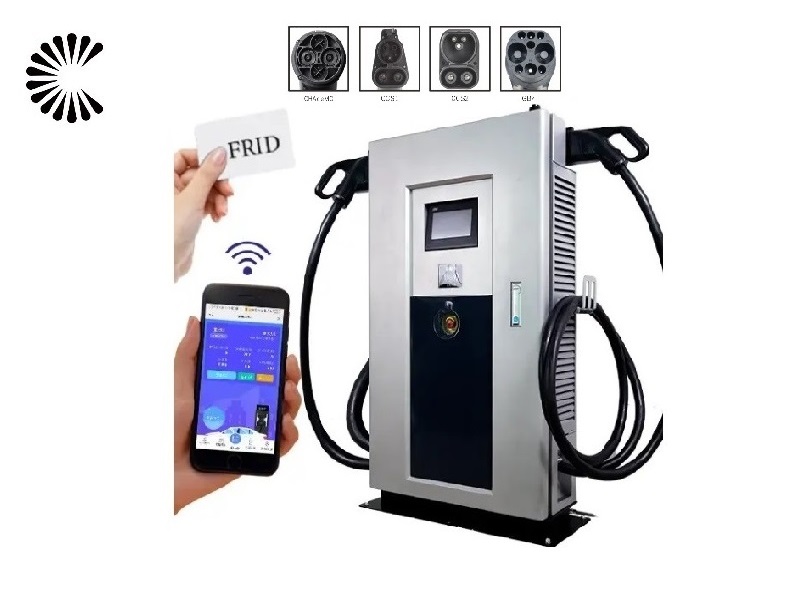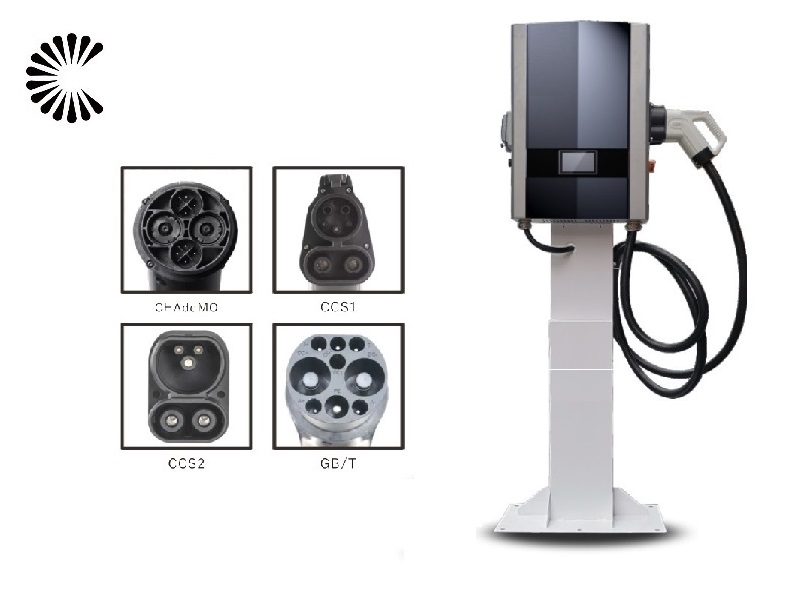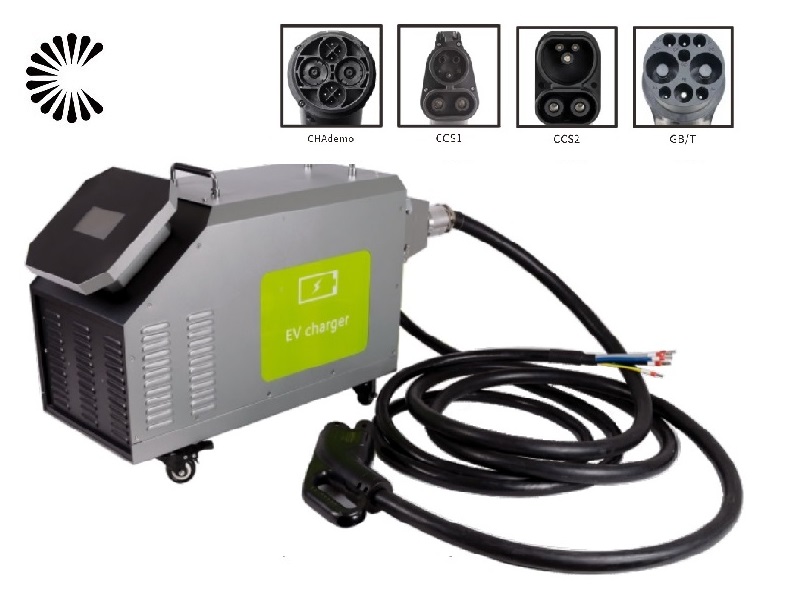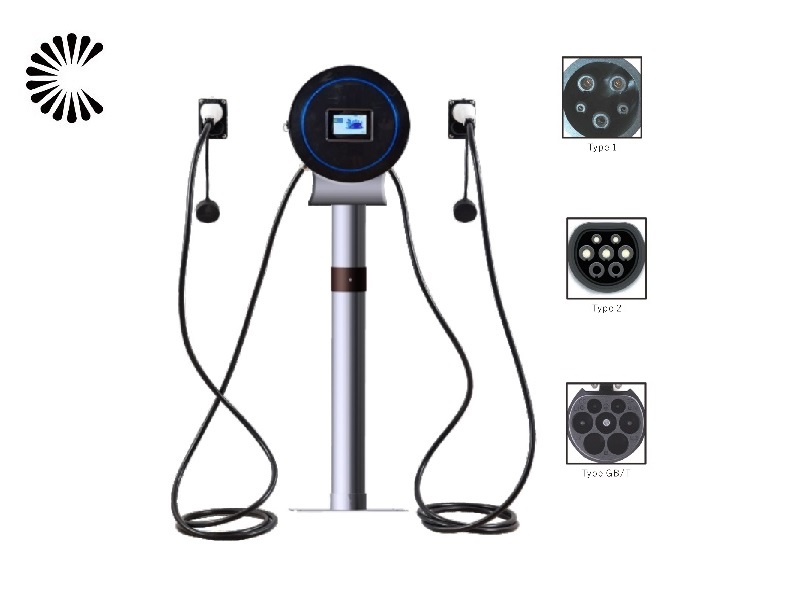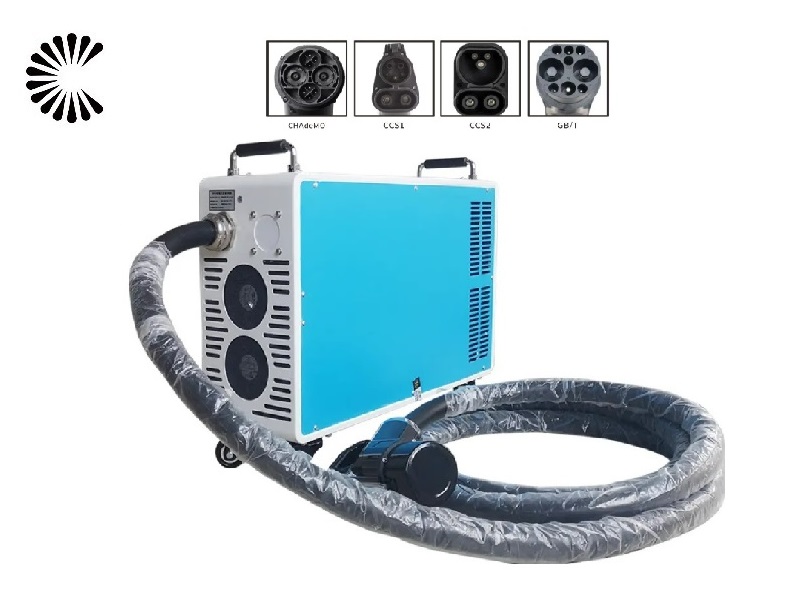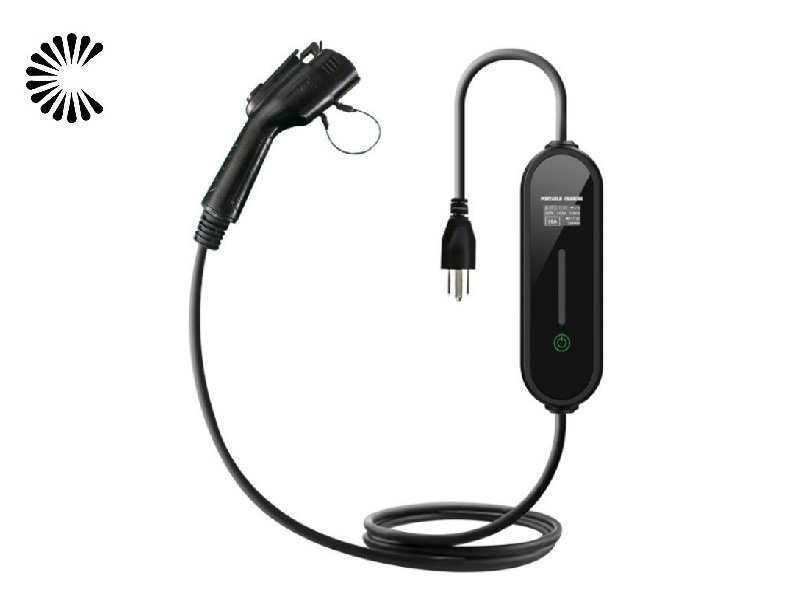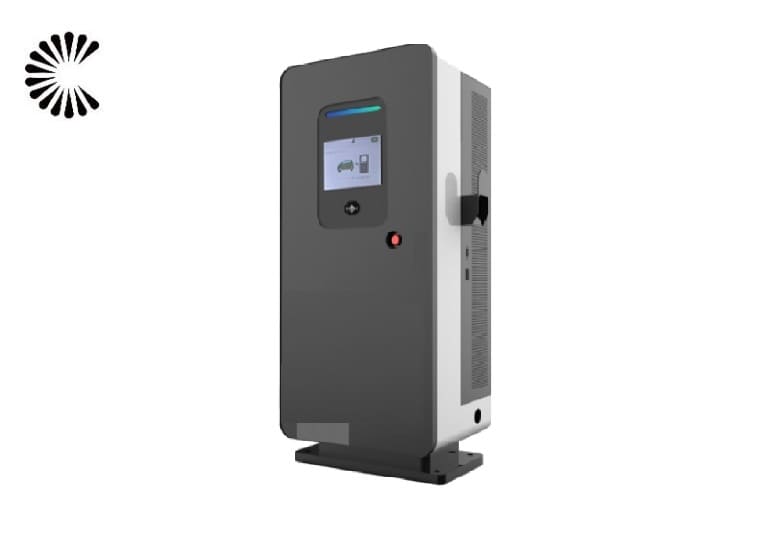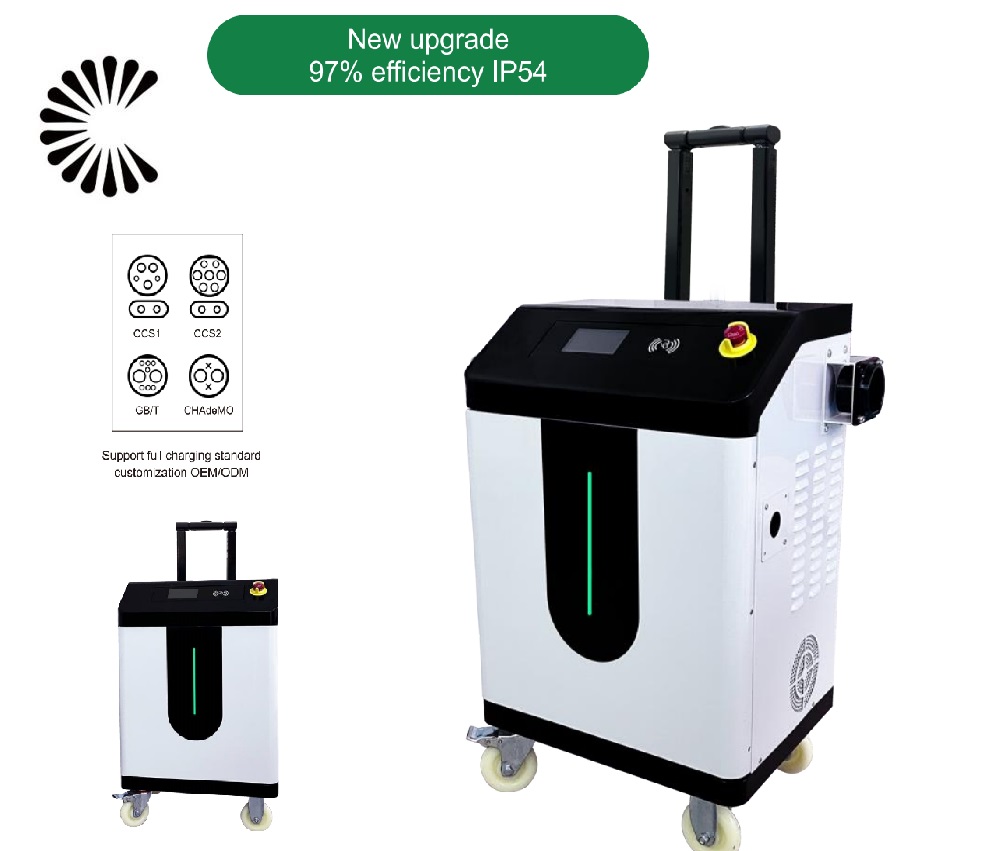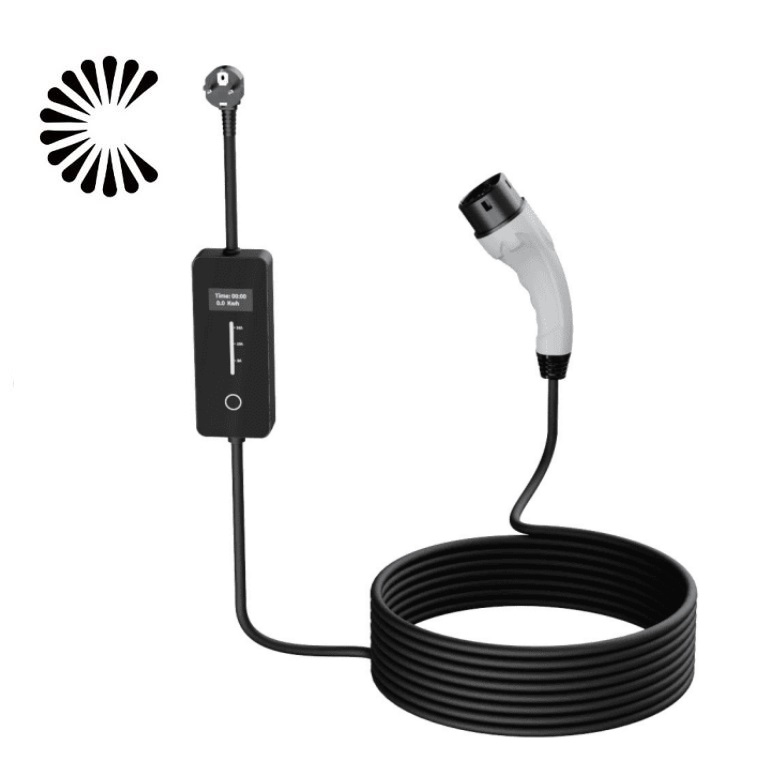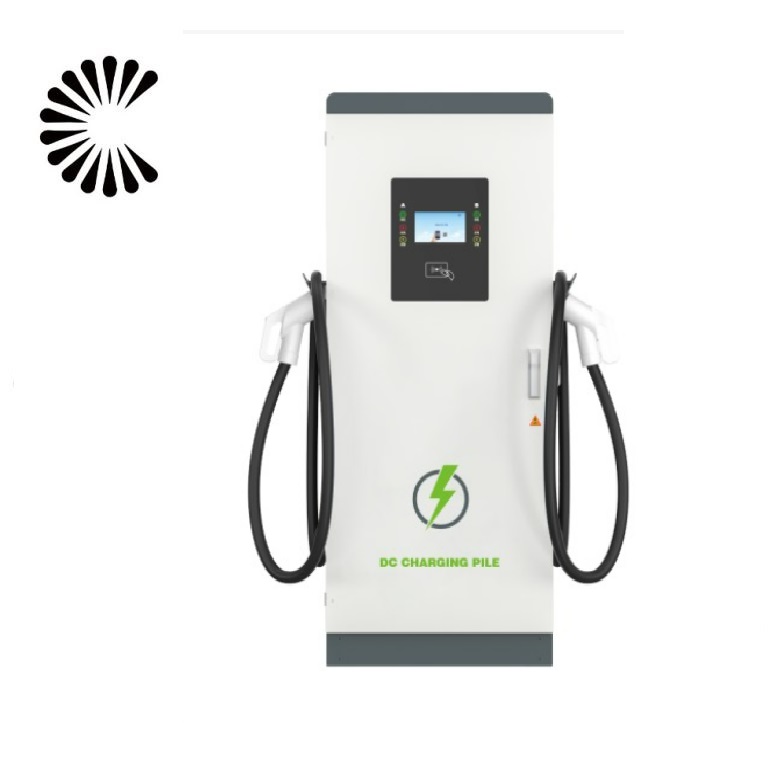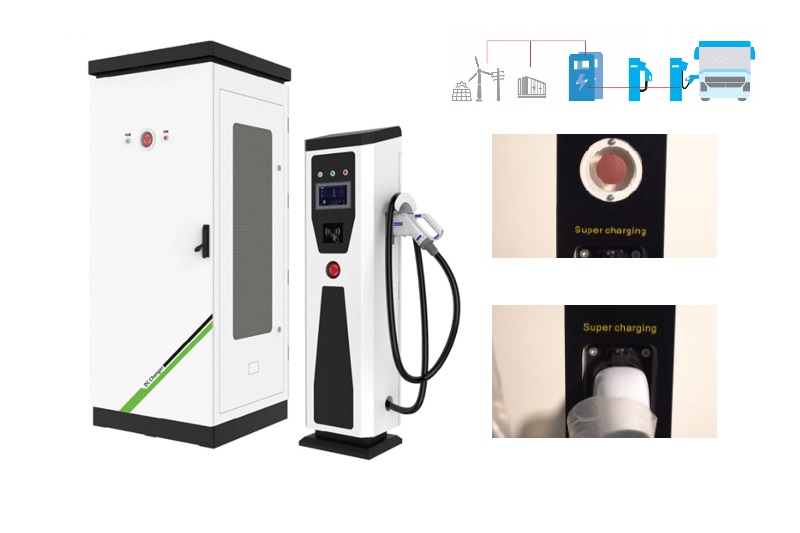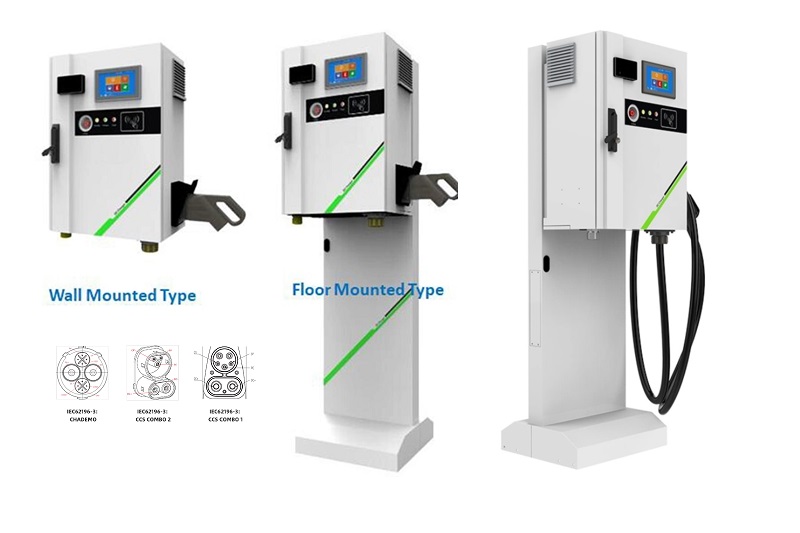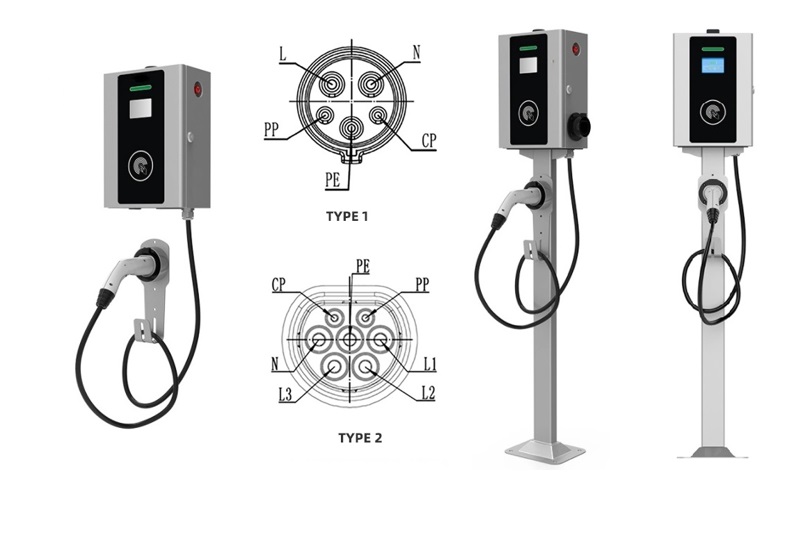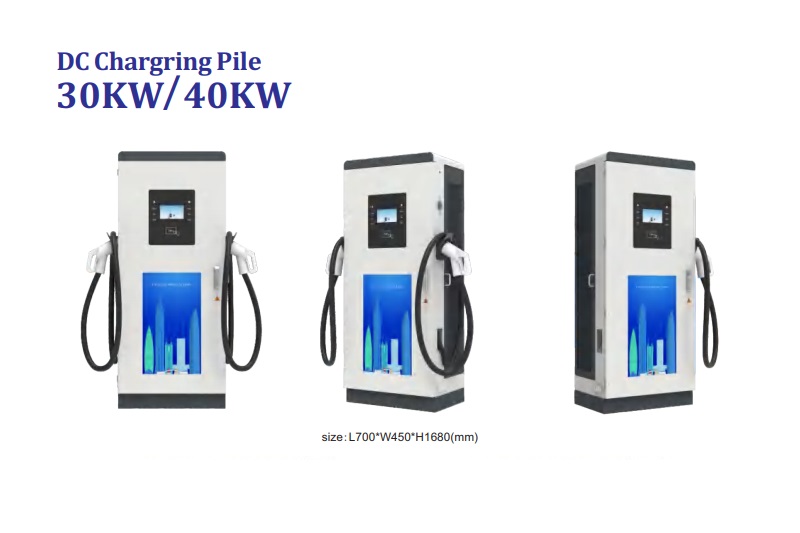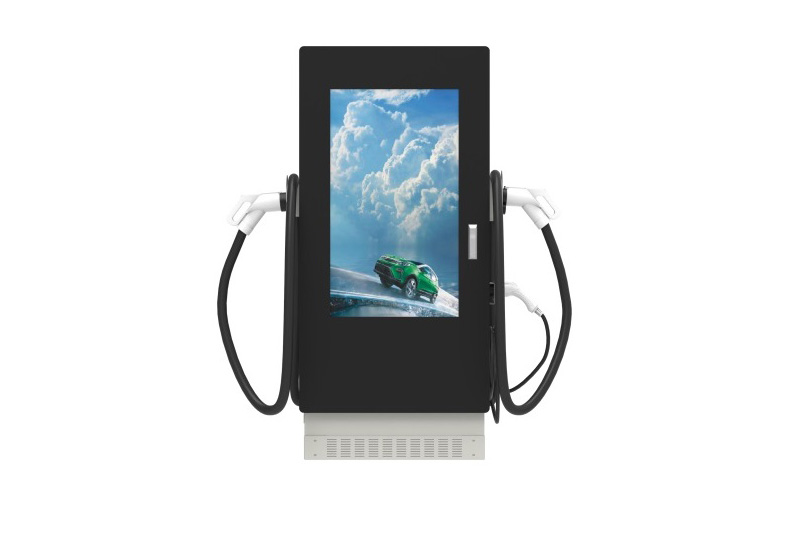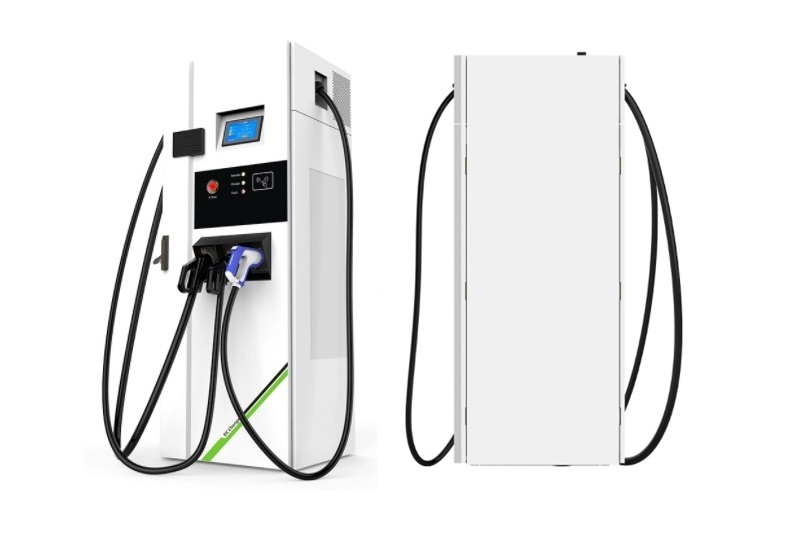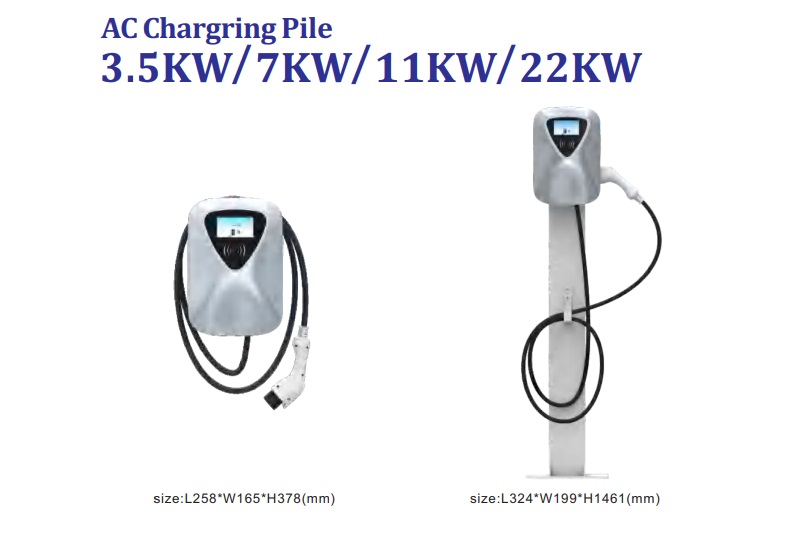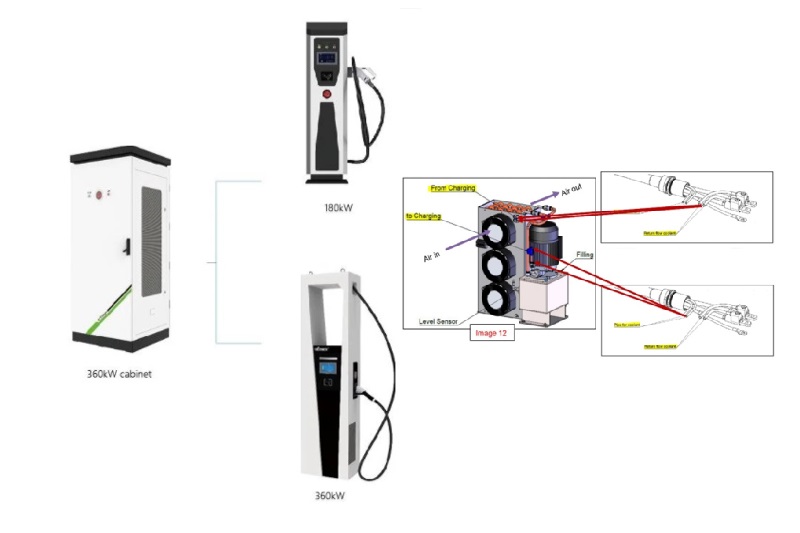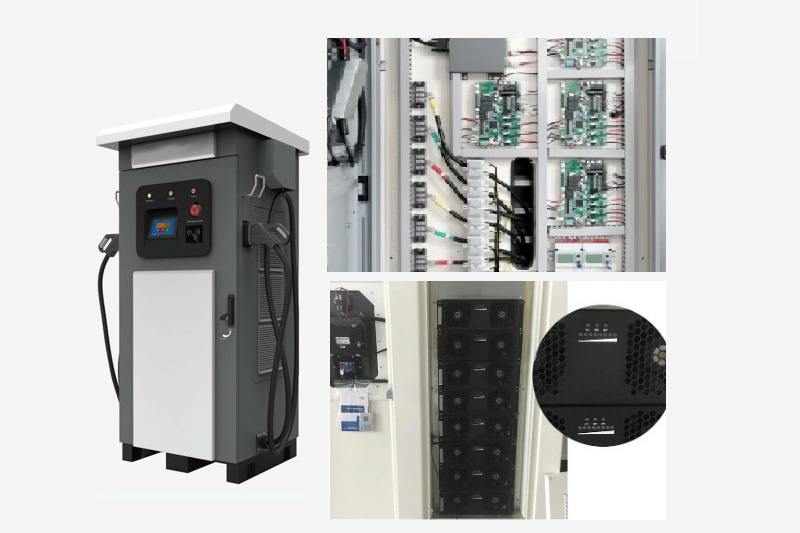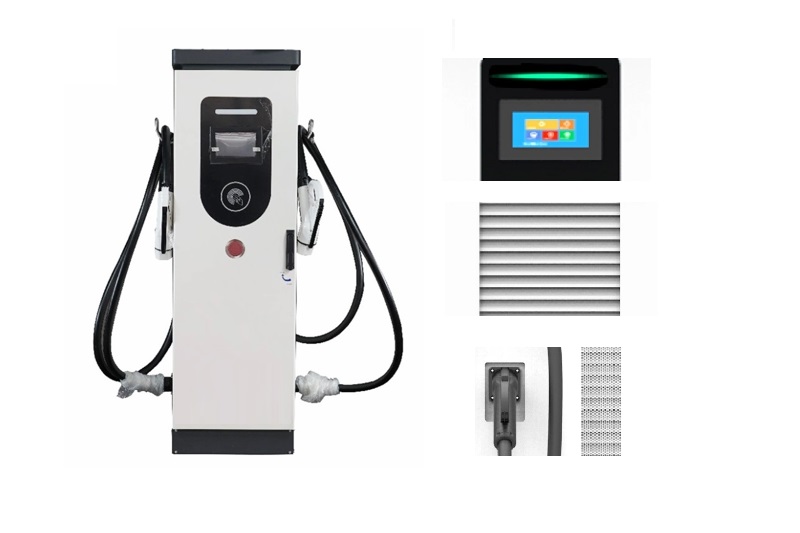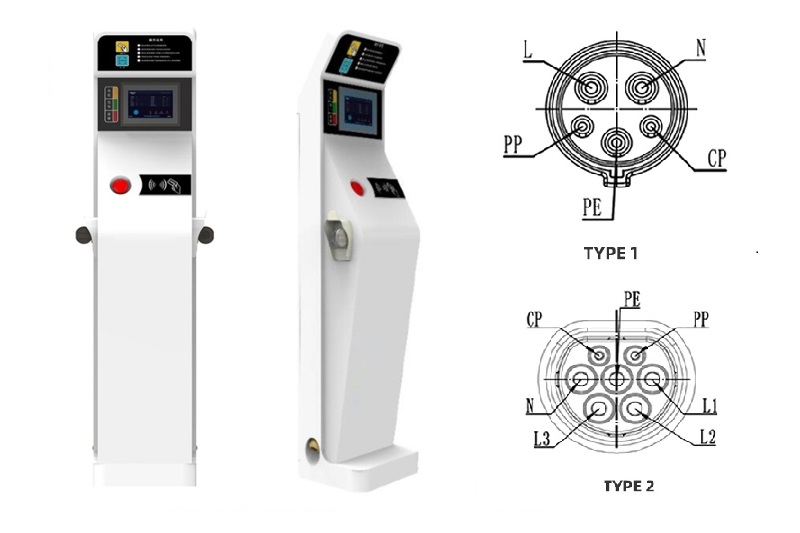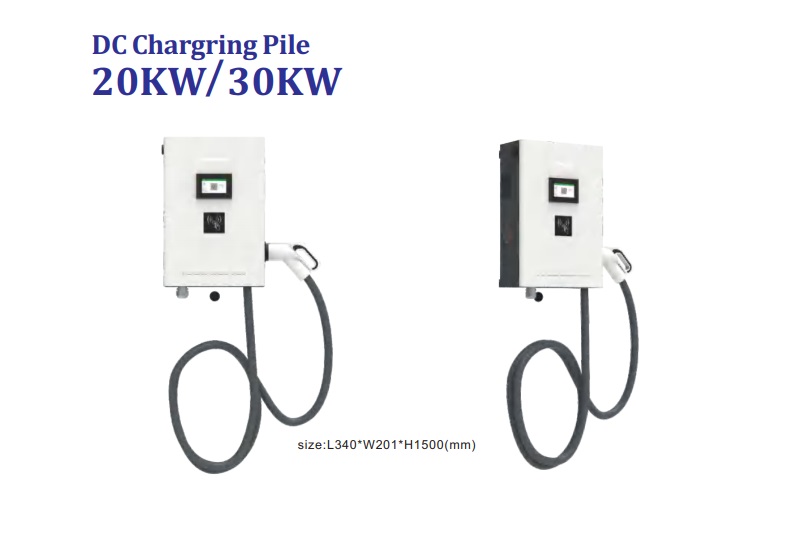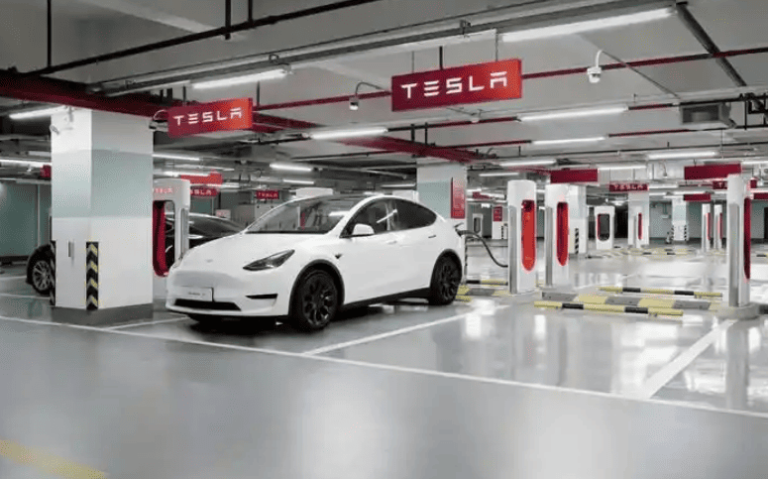What ev charger does bmw use?
🚗 BMW 5 Series New Energy Vehicle can use not only a home charging station but also a portable charger. The manufacturer does not include a portable charger with the purchase. Here, we recommend the Prandt 16A 3.5KW portable charger, which comes with a 16A plug and can be directly inserted into an air conditioning socket for charging. Tests show that it can fully charge the vehicle in just 5 hours, matching the speed of a home charging station.
🔌 Some may ask: Can the portable charger be used long-term? The answer is yes. The portable charger will not damage the car battery or affect the vehicle’s warranty. Many car owners choose to use the Prandt portable charger long-term. Compared to a home charging station, it is more portable—simply plug it into any available socket upon reaching your destination.
Which 3.3KW portable charging station is best for the BMW 530le?
For BMW 530le owners, choosing a high-performance portable charging station is crucial. The Prandt charger, specifically designed for the BMW 530le hybrid, offers excellent practicality and safety. It is not only portable but also features leakage protection, ensuring safe charging even on ungrounded sockets.

A unique feature of the Prandt charger is its built-in temperature sensor, which monitors the socket and charging gun temperature in real time, providing comprehensive safety protection. Additionally, this charger displays real-time charging parameters, including voltage, current, power, and temperature, allowing owners to track charging progress and status.
In terms of charging efficiency, the Prandt charger performs exceptionally well. When using a 16A air conditioning socket, it can charge approximately 3.3 kWh per hour. Its charging speed is comparable to BMW’s original water-drop charging station and is twice as fast as the charger included with the vehicle, significantly reducing charging time and saving valuable time for owners.
What are the charging methods for the BMW i3? How long does it take to fully charge?
The BMW i3 is a pure electric vehicle equipped with CATL ternary lithium batteries. The built-in AC charger has a power rating of 11KW (Note: Starting from May this year, the built-in AC charger power will be reduced to 7.4KW).
Below, we share the charging methods for the BMW i3:
1. Using a Home Charging Station
BMW’s original charging station costs around 7,000-8,000 RMB, including 40 meters of installation. If your parking space is close to the meter, the price difference is non-refundable, which feels like forced spending. Owners who aren’t particularly attached to the original brand can opt for Prandt—a reputable brand that ensures safer charging and charges based on actual wiring distance.

A. For 220V Meters: Install a 7KW Charging Station
In some regions (e.g., Shanghai, Ningbo, Changsha, Chengdu, Yantai), only 220V meters are available. In such cases, a 7KW charging station is the only option. It charges at 7 kWh per hour.
- BMW i3 eDrive 35L (70.17 kWh battery): 0-100% in 10 hours.
- BMW i3 eDrive 40L: 0-100% in 11.2 hours.
B. For 380V Meters: Recommended to Install a 21KW Charging Station
For those who can apply for a 380V three-phase meter, an 11KW or 21KW charging station is an option. However, we recommend installing the Prandt 380V 21KW charging station for future-proofing. It offers better compatibility (supporting 16KW, 11KW, 7KW, and 3.5KW).
- For the BMW i3, the maximum charging power is 11KW (11 kWh/hour):
- eDrive 35L: 0-100% in 6.3 hours.
- eDrive 40L: 0-100% in 7.1 hours.
For BMW i3 models after May (with 7.4KW charging power):
- The 21KW station can still reach the max 7.4KW (7.4 kWh/hour):
- eDrive 35L: 0-100% in 9.4 hours.
- eDrive 40L: 0-100% in 10.6 hours.
- If using an 11KW station, the charging speed drops to 3.5KW (3.5 kWh/hour), which is much slower.
2. Using a 7KW/11KW Dual-Mode Portable Charger
If you have access to both 380V and 220V power sources, the Prandt 7KW/11KW dual-mode portable charger is an excellent choice. It supports 3.5KW, 7KW, and 11KW modes, making it versatile for different voltage environments.
- Works as both a stationary charger (when installed with a dedicated socket) and a portable charger (for travel).
- Compatible with Tesla, Avita, and other 11KW vehicles, as well as AITO, Li Auto, and Volkswagen (7KW models).
At home: Acts as a charging station with a dedicated socket.
On the go: Simply unplug and use it as a portable charger with 16A/10A adapters—ideal for travel and emergencies.
3. Using a 16A 3.5KW Portable Charger
The Prandt 16A 3.5KW portable charger is perfect for those who cannot install a fixed charging station.
- No need to apply for a meter—just plug into any 16A air conditioning socket.
- Charges at 3.5 kWh/hour, adding ~20+ km of range per hour. A full night’s charge can provide 200-300 km of range.
- Includes a 10A adapter for emergency use (adjustable current on the display).
Note: The original BMW portable charger (10A 1.5KW) is too slow (1.5 kWh/hour), taking 46.7 hours for a full charge on the eDrive 35L.
4. Using DC Fast Charging
DC fast charging is ideal for emergency charging on highways, with power ranging from 50KW to 360KW.
- BMW i3 can be fully charged in ~1 hour with DC fast charging.
- Downside: Frequent use may degrade battery life.
- Recommendation: For daily use, AC slow charging is better for battery longevity.
Conclusion
- Best for home: 21KW charging station (if 380V is available) or 7KW station (220V).
- Flexible option: 7KW/11KW dual-mode charger (works at home and on the go).
- Portable solution: 16A 3.5KW portable charger (no installation needed).
- Emergency use only: DC fast charging (avoid frequent use).
By choosing the right charging method, BMW i3 owners can maximize convenience and battery health. 🚗⚡

